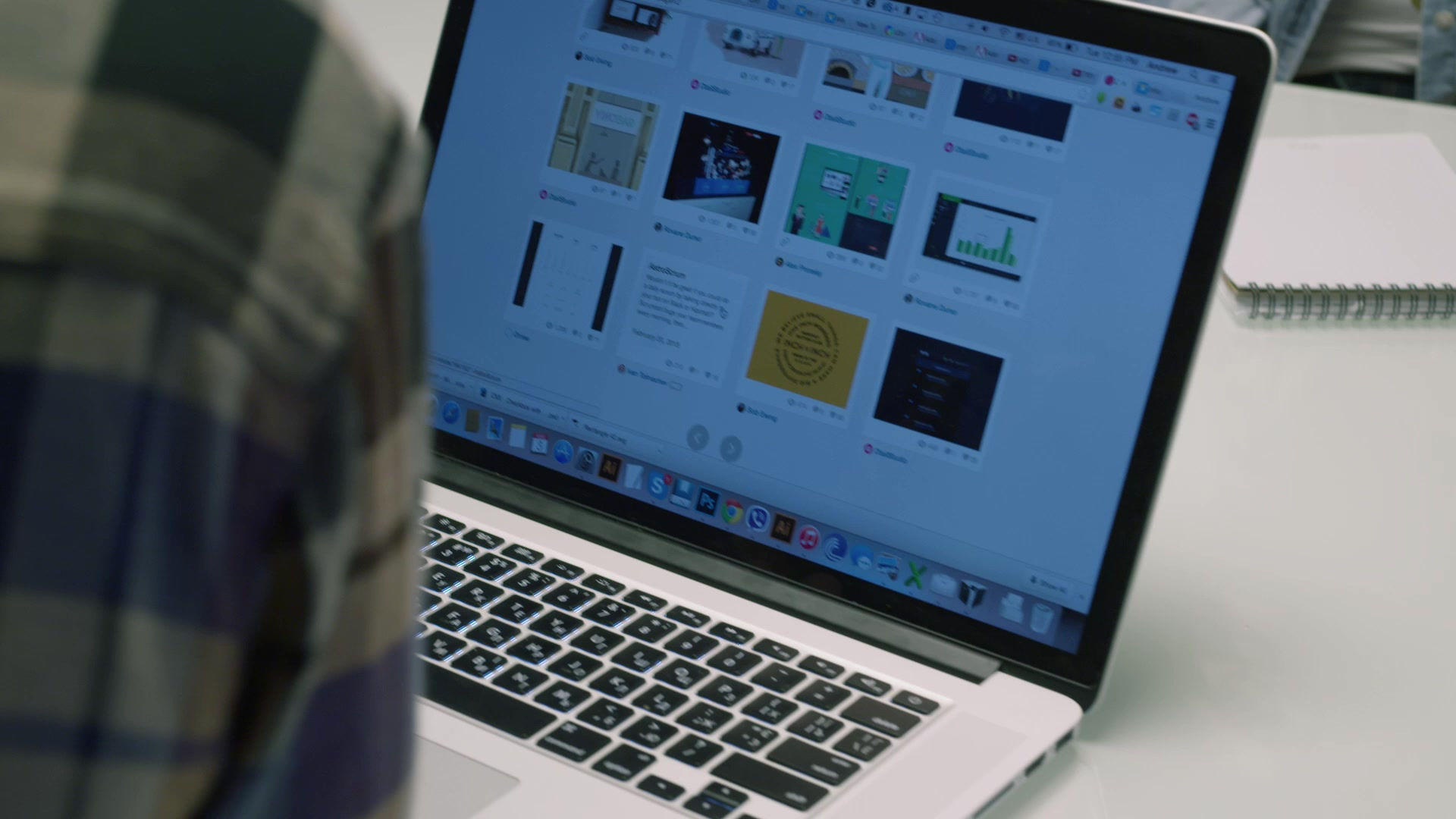Beyond the Day: Sleep Monitoring and the Expanding PPG Biosensor Market
Description: Discussing the rapidly gaining traction of Sleep Monitoring as a key application, driven by increasing public awareness of sleep disorders and their link to chronic health.
Sleep Monitoring is emerging as a significant growth application within the PPG Biosensor Market, moving beyond basic sleep duration tracking. There is a growing public and clinical awareness that poor sleep quality and undiagnosed sleep disorders, such as sleep apnea, are strongly correlated with chronic conditions like cardiovascular disease and diabetes. This connection is driving demand for devices that can provide accurate, continuous monitoring throughout the night.
PPG biosensors play a crucial role in this application by non-invasively measuring two key metrics during sleep: heart rate variability (HRV) and blood oxygen saturation (SpO2). Reductions in SpO2, detected via the PPG sensor, are a strong indicator of respiratory disturbances like apnea, while changes in HRV can signal shifts in sleep stage and autonomic nervous system activity. This data is essential for screening and initial diagnosis.
The convenience of integrated sleep monitoring in everyday wearables encourages long-term user compliance, yielding the large datasets required for effective diagnosis and longitudinal tracking. As the sensors become more accurate and better at filtering out movement, their utility in clinical sleep studies is also increasing. This dual-market demand—from the consumer seeking wellness insights and the clinician needing diagnostic data—ensures the expansion of the PPG Biosensor Market .
within the sleep application segment.
FAQs on PPG Biosensor Market
Q: What two key metrics does PPG monitor during sleep?
A: PPG primarily monitors heart rate variability (HRV) and blood oxygen saturation (SpO2) during sleep.
Q: Why is the sleep application segment gaining traction?
A: It is gaining traction due to the increasing awareness of the strong link between sleep disorders (like sleep apnea) and major chronic diseases, driving both consumer and clinical demand for monitoring tools.


